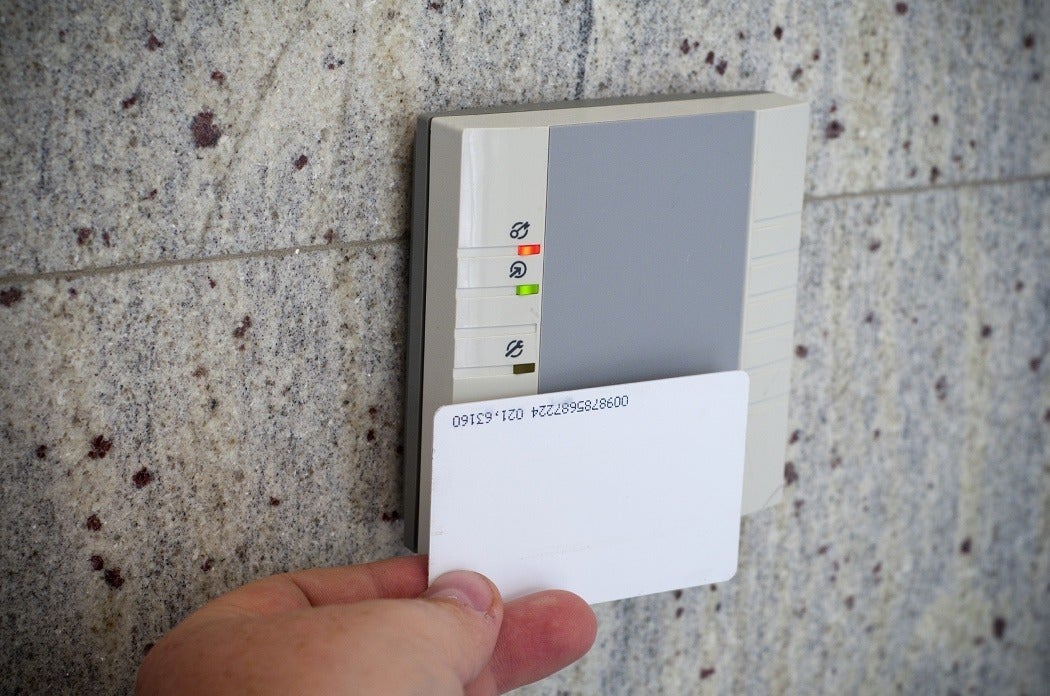The New York Times reports that there’s a growing interest in “safe rooms” among wealthy families in New York. With crime in the city at its lowest level in decades, it might be a bit surprising to hear that that—as one safe room installer tells the Times—”the world is a very scary place right now, especially for people of means; they feel cornered and threatened.”
What steps are enough to protect your family from a possible terrorist attack or home invasion? How small must the threat be for you to decide it doesn’t matter—particularly if you have almost unlimited funds to add fancy security features to your condo?
In a 2008 paper for Social Research, Elliot Aronson writes that the way we react to the possibility of disaster has less to do with the seriousness of the threat than our ability to do something about it.
Aronson describes one experiment conducted on college students in Los Angeles in the 1980s. Sociologists offered them some accurate but scary information: there was a high probability of an earthquake in the area over the next several years. Half the students lived in recently constructed dorms that were relatively safe from danger, while the other half lived in older, more vulnerable buildings.
As you might imagine, the students living in the older dorms were more frightened than the others. You might also think that fear would focus their minds, making them more likely to inform themselves about the potential danger. But when the sociologists quizzed both groups a few months later, they found the students in the older dorms greatly underestimated the likelihood of an earthquake. Those in the new dorms correctly recalled the information they’d been given about the danger.
Why would this happen? Aronson argues that the students in the older buildings had no way to take effective action to protect themselves. Moving out of the dorms would have been impractical, and there’s really not much that they could have done to do to prepare for the possibility of an earthquake. To reduce their fear—and the cognitive dissonance of living in an unsafe place despite knowing better—the students simply convinced themselves that the danger was lower than it really was.
Aronson writes that many experiments have found one formula can get people to behave responsibly in a range of areas—brushing their teeth, checking for radon in their homes, or staying off the road after drinking. It’s to induce a high level of fear and then, crucially, provide a concrete, effective, doable way that they can protect themselves.
The “doable” part may help explain the rise of safe rooms. While students don’t have many options to protect themselves from the very real possibility of an earthquake, wealthy New Yorkers can easily take steps to shield themselves from the slim chance of a home invasion or terror attack.







